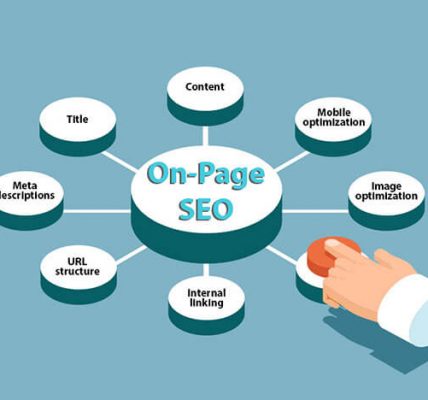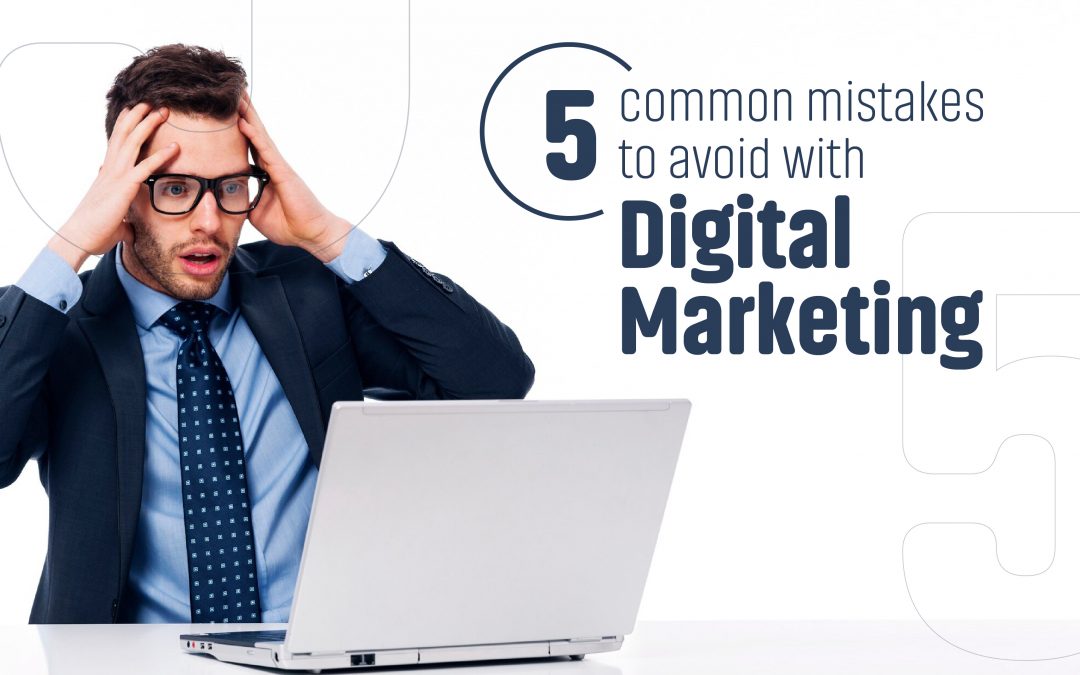Search Engine Optimization (SEO) is a crucial digital marketing strategy that directly affects website traffic. By optimizing a website for search engines, businesses can increase their visibility in search results, attract more organic visitors, and ultimately drive more traffic. Understanding how SEO impacts website traffic is essential for any business looking to grow its online presence and reach a wider audience.
What is SEO and How Does It Work?
SEO is the process of improving a website’s content, structure, and overall user experience to rank higher on search engine results pages (SERPs). Search engines like Google use complex algorithms to determine the relevance and quality of a website’s content based on various factors, including keywords, backlinks, site speed, and mobile-friendliness.
When a website is optimized for these factors, search engines are more likely to rank it higher in organic search results. Higher rankings typically lead to more visibility and clicks, resulting in increased website traffic.
Key Ways SEO Impacts Website Traffic
Improves Organic Search Rankings: One of the most significant impacts of SEO on website traffic is the improvement in organic search rankings. When a website ranks higher for relevant keywords, it appears more prominently in search results, increasing the likelihood that users will click on the link. The top three positions on Google receive the majority of clicks, so ranking higher can significantly boost organic traffic.
Increases Click-Through Rate (CTR): Effective SEO practices can enhance a website’s click-through rate (CTR). By optimizing meta titles and descriptions, using compelling language, and including relevant keywords, businesses can make their search listings more attractive to users. A higher CTR means more users are clicking through to the website, increasing overall traffic.
Enhances User Experience: SEO involves optimizing not only for search engines but also for users. This includes improving site speed, ensuring mobile compatibility, and creating high-quality, relevant content. When users have a positive experience on a website, they are more likely to stay longer, browse more pages, and return in the future. This reduces bounce rates and increases page views, which positively impacts website traffic.
Targets Relevant Audience: SEO allows businesses to target specific keywords and phrases that their ideal audience is likely to search for. By optimizing content around these keywords, businesses can attract more qualified traffic — visitors who are actively searching for the products, services, or information they offer. This targeted traffic is more likely to convert, leading to higher engagement and sales.
Builds Credibility and Trust: Websites that rank higher in search results are often perceived as more credible and trustworthy by users. SEO practices, such as obtaining high-quality backlinks and creating authoritative content, help establish a website’s reputation as a reliable source of information. This trust can encourage more users to visit the site, increasing overall traffic.
Generates Long-Term Results: Unlike paid advertising, which stops delivering results as soon as the budget runs out, SEO provides long-term benefits. Once a website ranks well for targeted keywords, it can continue to attract organic traffic without additional costs. Consistent SEO efforts can maintain or improve rankings over time, ensuring sustained website traffic growth.
Improves Local Search Visibility: For businesses with a physical presence, local SEO is vital for driving website traffic. Optimizing for local search terms, creating a Google My Business profile, and encouraging customer reviews can help a business rank higher in local search results. This visibility attracts more local traffic, leading to increased foot traffic and local customer engagement.
Key SEO Strategies to Boost Website Traffic
Keyword Research and Optimization: Conduct thorough keyword research to identify the most relevant and high-traffic keywords for your business. Use these keywords strategically in your content, meta tags, and headings to improve your chances of ranking higher in search results.
Content Creation and Optimization: Create high-quality, engaging, and valuable content that addresses the needs and interests of your target audience. Optimize content with relevant keywords, internal links, and multimedia elements to enhance user engagement and search engine rankings.
On-Page SEO: Focus on optimizing individual pages for specific keywords and search intent. This includes optimizing title tags, meta descriptions, headers, and URL structures, as well as using proper image alt tags and schema markup.
Technical SEO: Ensure your website is technically sound by improving site speed, mobile-friendliness, and secure HTTPS connections. Regularly audit your site for technical issues like broken links, duplicate content, and crawl errors to ensure optimal performance.
Link Building: Build high-quality backlinks from authoritative websites to improve your website’s domain authority and trustworthiness. This can positively impact your search rankings and drive more referral traffic.
Local SEO: Optimize for local search by claiming and optimizing your Google My Business profile, getting listed in local directories, and encouraging positive customer reviews. This can help attract local customers and increase foot traffic to your business.
Conclusion
SEO is a powerful tool that significantly impacts website traffic by improving search visibility, enhancing user experience, and targeting a relevant audience. By implementing effective SEO strategies, businesses can attract more organic traffic, build credibility, and achieve long-term growth. Understanding and leveraging the impact of SEO on website traffic is essential for any business looking to succeed in the competitive digital landscape.





